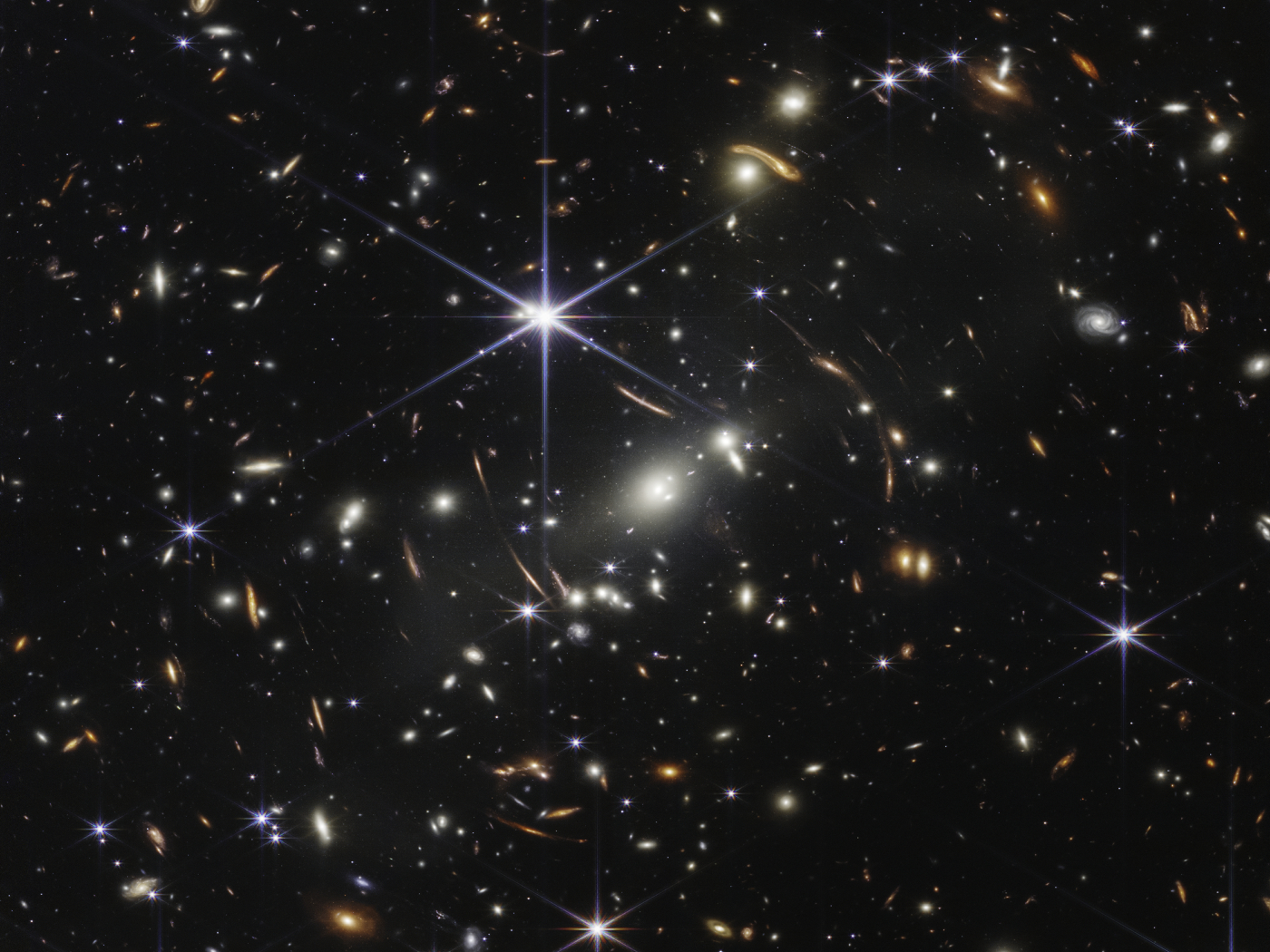by Brian Thomas, M.S., and Tim Clarey, Ph.D. *
Spring rains flooded the Dallas area this year, including Lake Grapevine which is about 10 miles west of the Institute for Creation Research (ICR) campus. Record water levels submerged entire lakeside parks and adjacent roads. As the water slowly receded, it revealed a reshaped shoreline—and dinosaur tracks. What kinds of creatures made these marks?
Local news interviewed area paleontologists who made casts of the dinosaur tracks. The paleontologists will not reveal the tracks' exact locations, but showed that some were theropods and others ornithopods. The former includes tyrannosaurs and the latter includes the most numerous dinosaur kind in North America: the duck-billed hadrosaur. Ronald Tykoski of the Perot Museum of Science and Nature in Dallas said in an online video by NBC 5 News that perhaps the theropods were hunting the duckbills.1
What preserved these dinosaur tracks at Lake Grapevine? Secular explanations leave plenty of room for doubt. They tell tales of dinosaurs wading across placid ancient shorelines surrounding a vast and shallow inland sea. If those conditions somehow preserved footprints back then, why do the same conditions erase footprints today?
Also, the same basic types of dinosaurs left footprints hundreds of miles away. Patches of rock with dinosaur trackways occur elsewhere in North Texas, Oklahoma, Colorado, Wyoming, and all the way to Alberta, Canada—a string that some have called the "dinosaur freeway."2
Most of the billions of known dinosaur prints came from adult dinosaurs, another unsolved puzzle for secular science. Where are all the toddler and teenage tracks? Rocks—including many limestones in North America—seem to preserve almost exclusively adult footprints.
A recent research project at ICR has produced new maps that piece together data from hundreds of detailed geologic sites exposed as outcrops or through well and drill cores.3 They reveal an intriguing solution to these mysterious dilemmas.
This research shows that a sizable land mass likely extended down the middle of the United States, roughly coincident with the "dinosaur freeway" and many of the dinosaur-bone quarries across the West.3 This swampy land mass, and likely its associated islands, seems to have provided some shelter for the dinosaurs to endure early Flood waters.
This explains why different types of footprints, including birds, crocodiles, and dinosaurs occur together along this narrow ancient land mass. As waters rose, they were likely congregating on the little remaining land. Eventually, this land mass was completely inundated, burying the tracks and some of the dinosaurs themselves in mud, lime, and sand.
The juveniles may have been unable to keep up with the stronger adult dinosaurs. Catastrophic Flood conditions—not normal coastlines—preserved these tracks.
But if Noah's Flood best solves these dinosaur track dilemmas, that means they were made thousands, not millions, of years ago. Tykoski told NBC 5 News, "It documents the presence of one of these really good-sized meat eaters stalking around North Texas 95, 96 million years ago." Surely, these prints document "the presence of one of these really good-sized meat eaters," but probably not stalking and definitely not millions of years.
Do any footprints come with labels that identify a creature as crouching, slouching, stretching, fetching, walking, or stalking? Many show that dinosaurs were intermittently wading, but footprints do not show the intent of their maker—such as whether or not it was stalking dinner.4 If these dinosaurs had endured months of flooding during the worldwide biblical catastrophe, they might have been too exhausted to stalk prey but rather made do by scavenging flotsam.
Likewise, do the prints come with labels that identify when they formed? No, but new discoveries keep revealing fresh-looking dinosaur remains including soft tissues that powerfully refute millions-of-years teachings.5,6
These tracks do not document a 95-million-year-old origin, because no track can possibly document its time of placement. Instead, dinosaur tracks in ICR's backyard document a rapid, watery catastrophe that washed over Texas, Colorado, and all of North America about 4,300 years ago.
References
- Cokely, K. Fossilized Dinosaur Tracks Discovered at Lake Grapevine. NBC Five News. Posted on nbcdfw.com August 12, 2015, accessed August 13, 2015.
- Lockley, M. 1991. Tracking Dinosaurs: A New Look at an Ancient World. New York: Cambridge University Press, 158, 209.
- Clarey, T. 2015. Dinosaur Fossils in Late-Flood Rocks. Acts & Facts. 44 (2): 16.
- Thomas, B. New Dinosaur Tracks Study Suggests Cataclysm. Creation Science Update. Posted on icr.org January 25, 2013, accessed August 13, 2015.
- Thomas, B. and V. Nelson. 2015. Radiocarbon in Dinosaur and Other Fossils. Creation Research Society Quarterly. 51 (4): 299-311.
- Thomas, B. 2015. Original Biomaterials in Fossils. Creation Research Society Quarterly. 51 (4): 234-347.
Image credit: © B. Thomas. Adapted for use in accordance with federal copyright (fair use doctrine) law. Usage by ICR does not imply endorsement of copyright holders.
*Mr. Thomas is Science Writer at the Institute for Creation Research. Dr. Clarey is Research Associate at the Institute for Creation Research and received his Ph.D. in geology from Western Michigan University.
Article posted on September 10, 2015.












